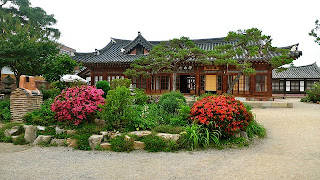 |
| A Hanok Guest House in Jeonju |
After finalizing our trip outside our hometown, the first thing that one has to deal with is of course, accommodation as well as the options available in our budget. Particularly, if it has to be an overseas trip...then, finding a room is more difficult.
I will suggest a few options for accommodation depending on the length of stay while coming to Korea. The most important question is how long one gets to stay on their trip to Korea? If you are looking for an accommodation in Seoul then this post will surely help you find in finding a place to stay.
LOOKING FOR A PLACE TO STAY THEN CLICK HERE: UPDATED (JANUARY 2015) - HOMESTAY WITH KOREAN GRANDPARENTS FROM MAY,2014 ONWARDS - FIRST COME FIRST SERVED - DETAILS HERE- (POSTED BY BLOG OWNER)!
Some of the choices are below:
Hotel is the most common option that we all know of however, some cheaper choices include - motels, inns, youth hostels, guest houses, home-stays etc. - that are littered all over the place, in every neighborhood and city. They are very economical compared to Europe and the US with price ranging from 10,000 won or 10USD/night ~ 50,000 won (50 USD) and of course more expensive options are there.
A very typical /economical types of housing in Korea include:
- "Sauna" or (Jim-Jil Bang=찜질방)
- "Hasuk Jib"or (하숙집)
- "Go Shi Won" or (고시원)
- and "One-Room" or (원룸)
The above mention places are good for a short term stay. If you don't have a lot of luggage and you are mainly traveling during the day, youth hostel & guest houses are a very good choice with deals starting from 25,000 won per night(25 USD) - depending on its location and size of your room.
If you are a backpacker - then start off with SAUNA (sweat rooms) :-) Korea is full of Saunas - where entrance fee starts off with 7,000 won (7USD) and stay there as long as you want! One easy sauna option is at Hamilton Hotel in Itaewon starting off at 8,000 won.!
Hasuk Jib(하숙집) is the same as a Bed and Breakfast in Korea's case (my detailed post on it is
HERE), sometimes, breakfast and a dinner is also provided. There are all different types of these Hasuk jibs...price ranges from 300, 000 won - 500, 000 won(300-500 USD) and onwards - they are located in 3 to 4 story building with a laundry room on each floor. At times they provide for a kitchen - where one has an option to do their own cooking (with slightly different rent). The owners or caretakers are middle age women- called Ajummas (아줌마), they are responsible to cater to all our problems etc. The average price of a Hasu Jib room is between 350,000 Korean won (about 350 ~ 400 US dollars) to 500,000 Korean won (about 500~550 US dollars) per month, depending on how big your room is. Major localities for Hasuk Jibs are the university neighborhoods.
Go Shi Won(고시원) is basically a building with dozens of small rooms inside - this can be a choice only if one needs enough time before moving into a better/bigger/descent room or house but in the past few years newly built Gosiwons have improved incredibly. However, I will never recommend them to anybody but since a lot of people are living there - its important to introduce them to those who just wanna explore few options! I have visited one Goshiwon - with a friend and it was scarey...the room is slightly bigger than the bed with no windows at all and just an exhorst fan - a small desk/chair+bed! The prices starts with 250,000 won (250USD) a month and goes upto 600USD.A very comprehensive Goshiwon site is
Gosi1.net (in Korean but get help from your Korean friend) and also another website for Goshiwon and hasukjib search in English is
Goshipages dot com.
Before finalizing any deal, make sure to check every thing out and also the contract to avoid serious problems there.
One-Room is another option and it is what we call a 'studio' in the rest of the world. There quality and style are gtting better by day. They can be furnished or unfurnished and often, one has to pay a deposit money to move into one of these. This refundable deposit starts with 5 million won (5,000 USD) in addition to a monthly rent of 550,000 won (550 USD)minimum. Utilities are billed seprately! They can be as expensive as 1300 USD. One important thing to note is: the bigger the deposit money, the less amount of money one has to pay as rent! Check out this website in Korean:
Oneroom dot com and
Oneroomtel dot com (in Korean only but comprehensive covering the whole country).
All these accommodations are fast evolving to be better by providing air conditioning, free Internet (Wi fi) and heating, cooking options!
Another option is HOMESTAY!
In homestay, you get to live with a Korean family in their house...either teaching English to their kids or having have a cultural exchange. This form of accommodation is Seoul is fast evolving and is getting very popular. Students are preferred over others but then anybody can give it a try. There is whole website committed for homestay in which you have to register first and send in your personal information and finally also have to pay the fee which is a percentage of the homestay. From this website almost all homestays are asking for some monthly rent too but conditions vary so check this website:
HOMESTAYKOREA dot com. There are many people interested in homestays and hence, one can also make a good use by posting your ad. at either
"Seoul Craiglist" or
Seoul Global Center's Forums. . This is not an easy option to get hold of but nevertheless, one of the many ideas that u can work on and !
Also check out: Korea4Expats website and WorknPlay Korea. They are frequented by expats and expats living in Korea also offer accommodations, sublets, homestays, sharing of room/house hence, check that out.
Some Options for Accommodation in Seoul w.r.t. Guesthouses are:
1)
Seoul Youth Hostel
2)
Kim's Guest House
3)
Seoul Backpackers Hostel
4)
Guest House in Jeju-do
5)
Kimchi Seoul Guest House in Hongdae Area (김치 서울 게스트하우스 is located close to Sinchon - Ehwa/Yonsei/Sogang Univ.)
6)
BLU Guest House
7)
Bebop Guest House near Hongik Univ
8)
One Room Residence (in Korean) here.
9)
Goshiwon (in Korean) - follow the link provided.
A very nice introductory article by
'Hi Seoul' on Housing in Korea!
A list of Guest Houses is
HERE!
All the best in finding accommodation, I know it is a stressful process but maybe you will go through a wonderful or interesting and memorable experience.
Happy house searching to you all!
Please share your tips and sites that have helped you in house search so that it benefits people who visit this page.
Photocredits@ David of Randomwire

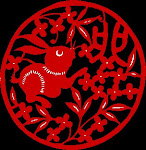


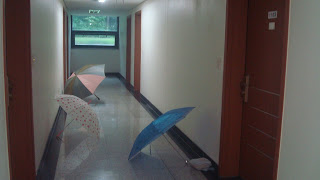








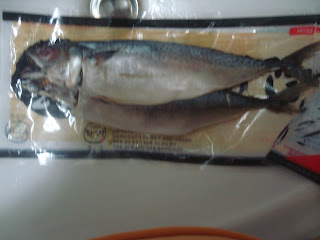

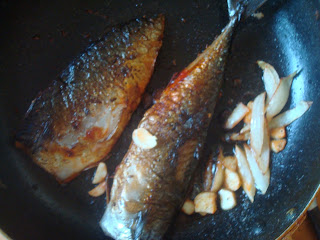

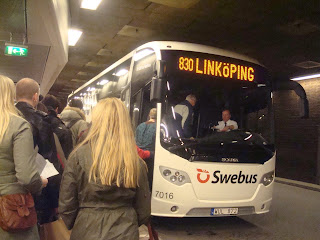










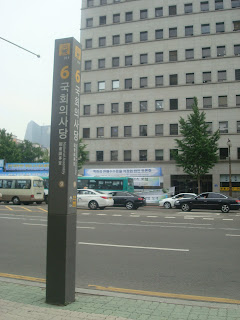

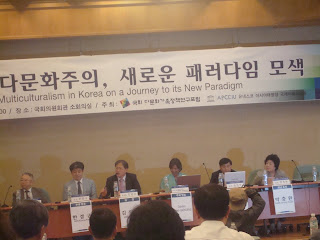

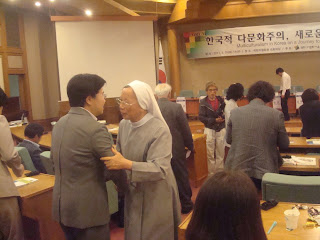








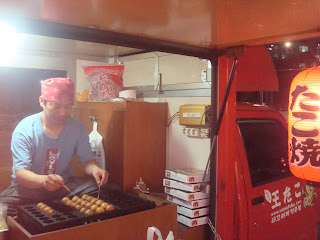
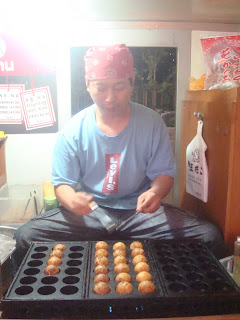


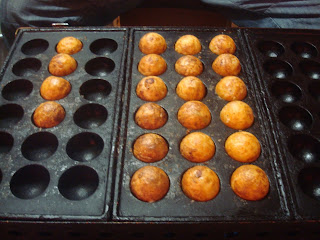

















 sarahinsouthkorea
sarahinsouthkorea
